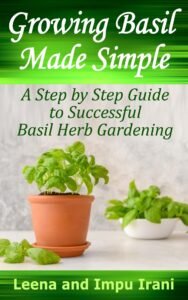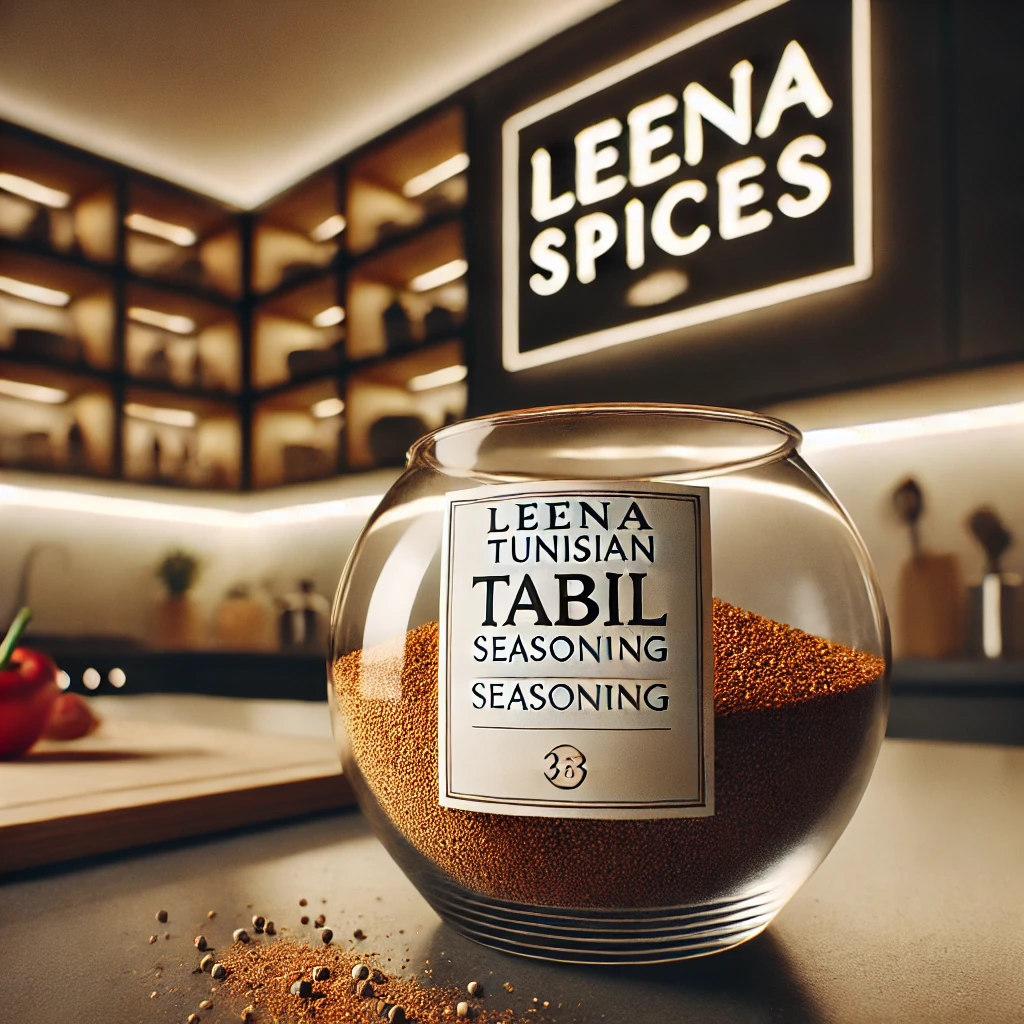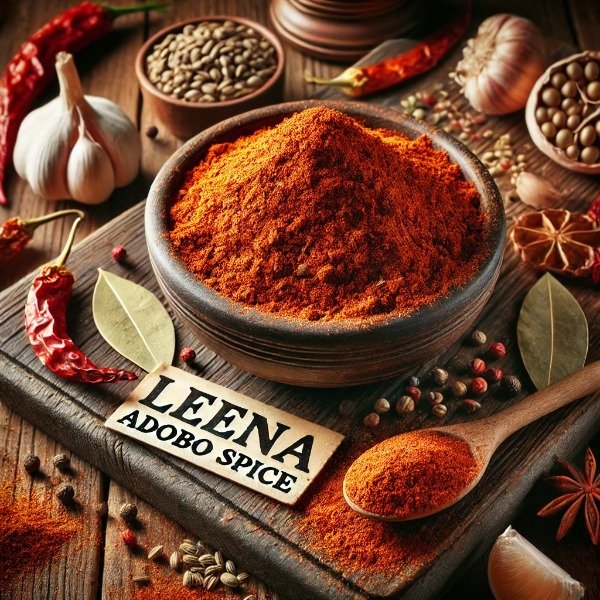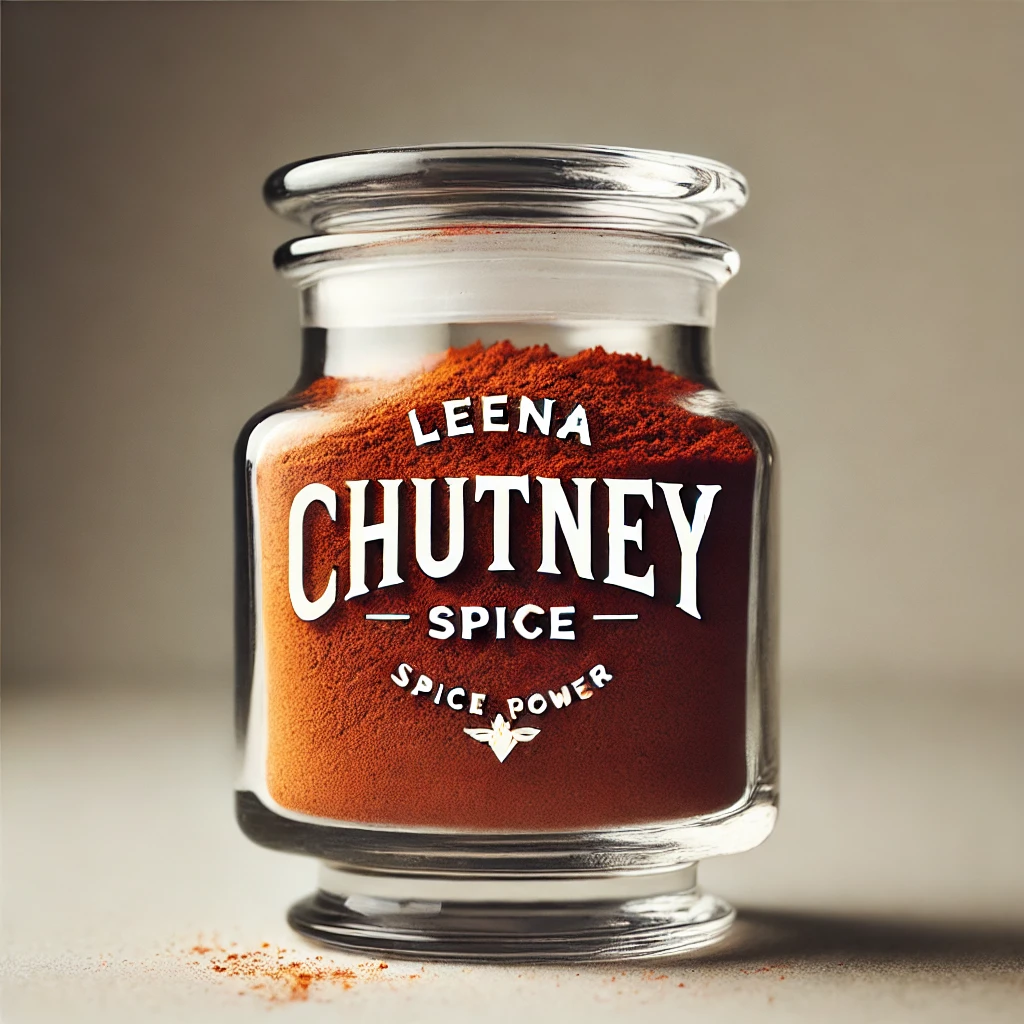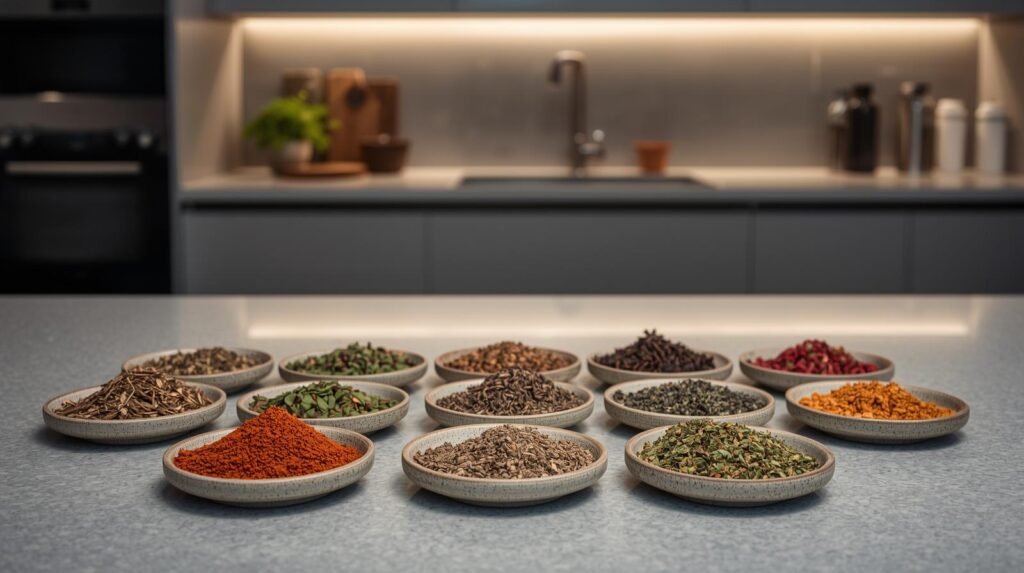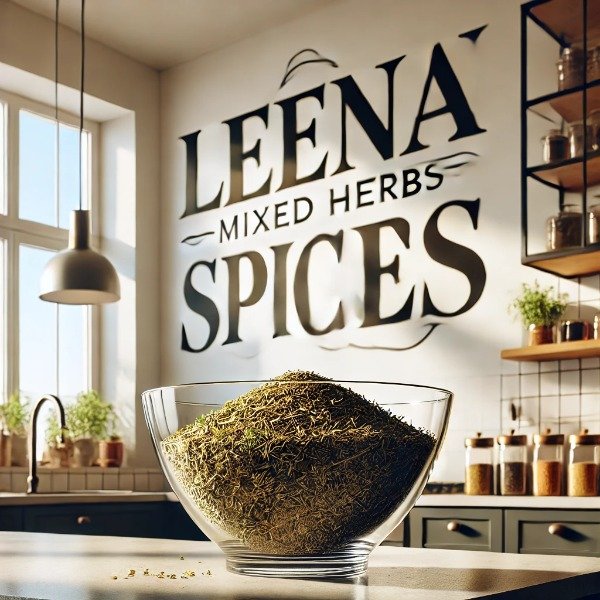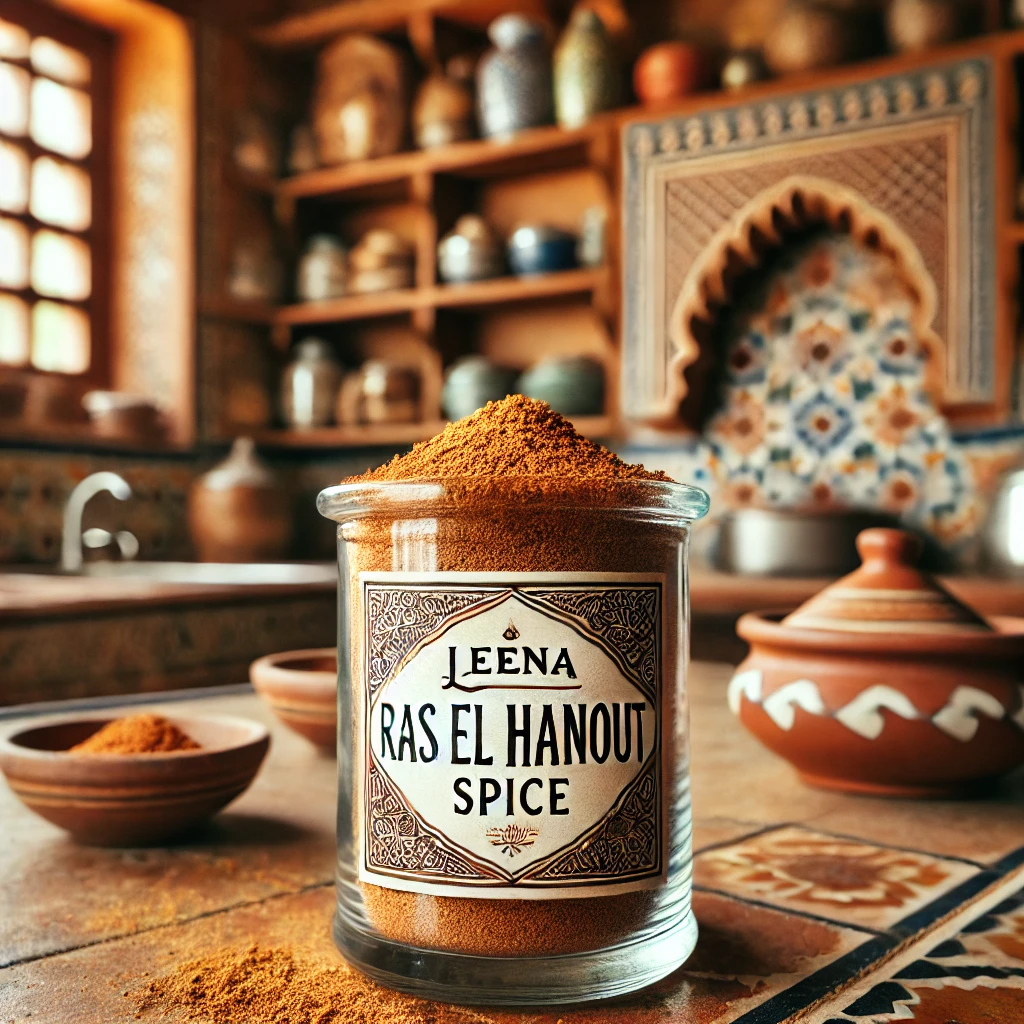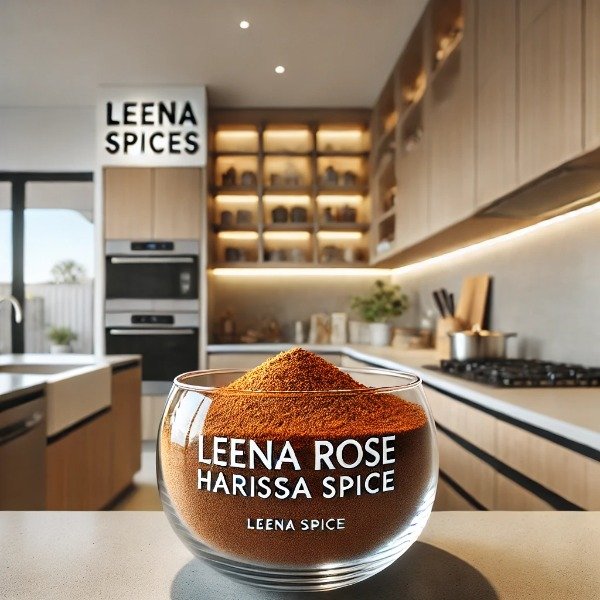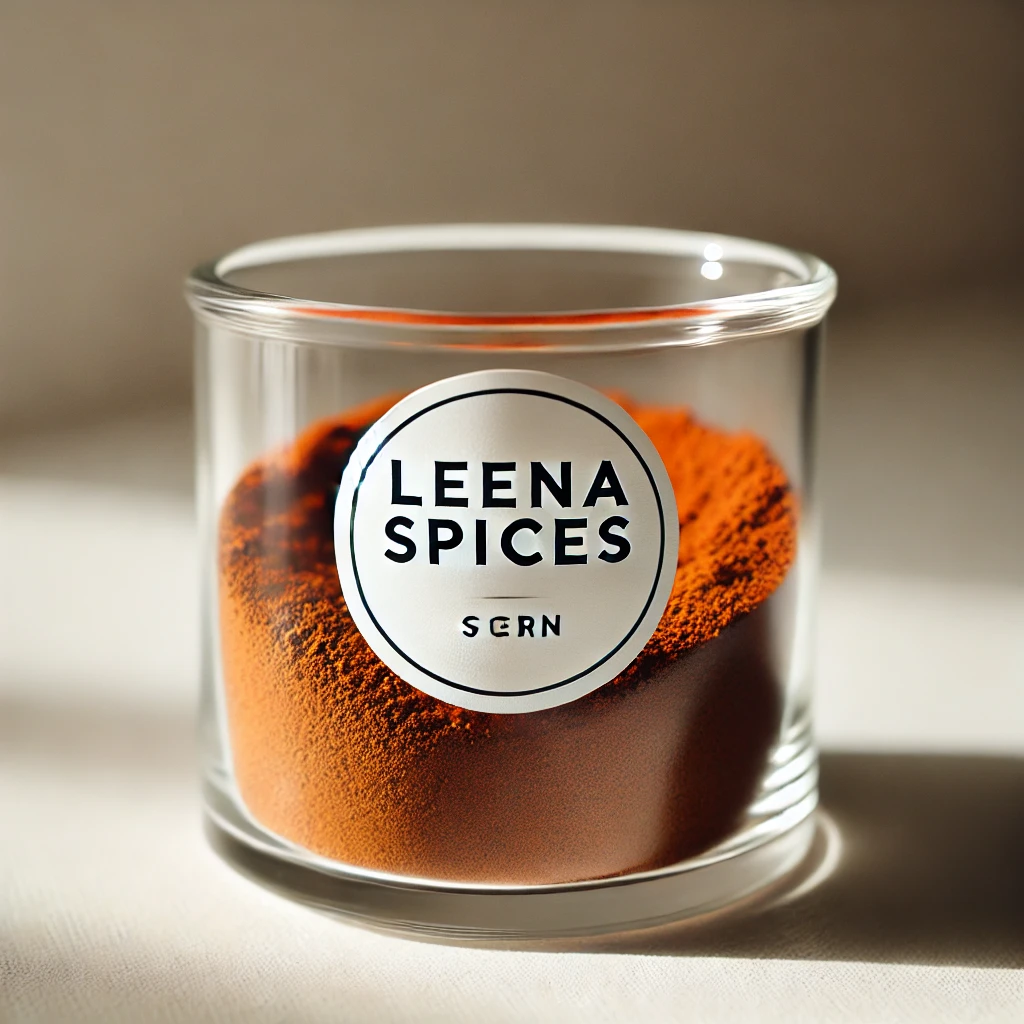9 Incredible Benefits of Asario Seeds That Will Transform Your Health Naturally
Table of Content
- Introduction: Tiny Seeds with Mighty Benefits
- What are Asario seeds
- What do they taste like
- Other names of Asario
- Origins and Cultivation
- Should Asario seeds be eaten
- What do Asario Seeds do
- FAQs
- Conclusion
Introduction: Tiny Seeds with Mighty Benefits
Sometimes the smallest ingredients have the biggest impact and asario seeds are a perfect example. These tiny, reddish-brown seeds, harvested from the garden cress plant (Lepidium sativum), are celebrated not just for their distinct peppery flavor, but for their impressive nutritional and medicinal properties.
Used for centuries in Ayurveda, Unani medicine, and traditional Middle Eastern and Indian cuisines, asario seeds have earned a reputation as a superfood. They are rich in iron, calcium, fiber, vitamins, and antioxidants, making them a powerful addition to both everyday meals and health-focused remedies.
In kitchens and spice markets, they sometimes blur the line between seed and spice, offering a tangy, peppery kick while also supporting digestion, immunity, and overall wellness. Whether sprinkled on salads, soaked in milk, roasted, or used in traditional recipes, asario seeds combine flavor, culture, and nutrition in one tiny package.
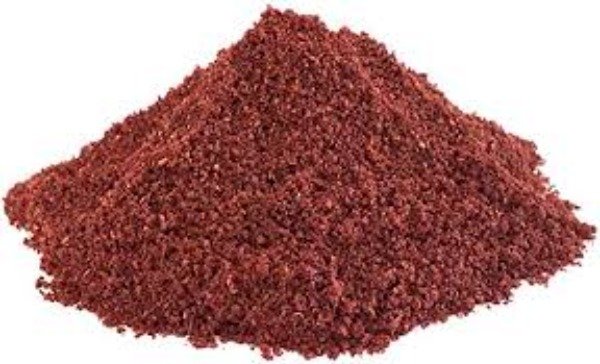
What Are Asario Seeds?
Asario seeds are the tiny, reddish-brown seeds of the garden cress plant (Lepidium sativum), a fast-growing edible herb belonging to the mustard family (Brassicaceae). This makes them close relatives of mustard, radish, watercress, and even cabbage.
Though small in size, these seeds are incredibly nutrient-dense. They are rich in iron, calcium, folate, protein, fiber, and antioxidants, earning them a well-deserved reputation as a traditional “superfood.”
What Do Asario Seeds Taste Like?
Asario seeds have a distinct and multi-layered flavor. Their most prominent note is peppery, reminiscent of mustard greens or watercress , which is why they are sometimes called “garden pepper cress.” Alongside this, they carry a slightly tangy or pungent undertone that adds a lively zing to dishes. Many people also notice an earthy, mildly bitter quality, typical of many seeds and spices, which rounds out their complex taste profile.
This unique combination of tanginess, mild spice, and subtle bitterness not only enhances the flavor of recipes but also makes asario seeds highly valued in traditional cuisines for their nutritional and health benefits.
Flavor and Texture of Asario Seeds
- Raw or Soaked: When eaten raw or soaked in water or milk, the seeds retain their strong peppery flavor with a slight nuttiness. Soaking gives them a gel-like coating, similar to chia or basil seeds, making them a lively addition to smoothies, health drinks, or milk-based tonics.
- Roasted: Light roasting for 4–5 minutes enhances their nutty undertones, mellows bitterness, and adds a crunchy texture. This makes them ideal for sprinkling on salads, soups, or yogurt bowls, where they provide a savory, less sharp flavor.
- Sprouted: As sprouts, they keep their peppery bite but gain a fresh, herbaceous quality, much like microgreens. Sprouted seeds work beautifully in sandwiches, salads, or as a garnish.
- In Recipes: When incorporated into laddoos, curries, porridges, or chutneys, their spiciness blends with other ingredients, contributing a subtle heat and depth without overpowering the dish.
What are the other names for asario seeds?
India:
- Hindi: Halim, Chandrashoor, Chansur, Haleem, Halim ke beej
- Marathi: Aliv, Haliv
- Gujarati: Asario (અસારિયો)
- Tamil: Aliviraai (அலிவிராய்)
- Kannada: Alvi, Asaliya
- Malayalam: Ashaali, Garden cress seeds
- Telugu: Halim seeds
Middle East & Arabic-Speaking Countries:
- Habbat al Hamra (meaning “red seeds”)
- Habb al Rashaad or Rashad
- Rashad Mazroua
English-Speaking Countries:
- Garden cress seeds
- Garden pepper cress
- Pepperwort
- Pepper grass
- Poor man’s pepper
Other Global Names:
- French: Cresson de jardin, Cresson alénois
- Spanish: Berro de jardín
- German: Gartenkresse
- Nepali: Chamsur
- Assamese: Halim shak
- Yiddish: Fefergros (pepper grass)
- Hungarian: Borsfű (pepper herb)
Notes:
- In Ayurvedic texts, the seeds are sometimes referred to as Asaliya or Chandrashoor.
- Some names reflect the flavor, such as “garden pepper cress” or “pepper grass,” emphasizing their spicy, tangy taste.
Despite the wide variety of names, all of these terms point to the same nutrient-rich, versatile seed celebrated for its culinary and medicinal uses across cultures.
Origins and Cultivation of Asario Seeds
The garden cress plant (Lepidium sativum), which produces asario seeds, is believed to have originated in Egypt and Southwest Asia. From there, its use spread across the Middle East, Central Asia, and Europe, becoming a staple in both culinary and medicinal traditions.
Today, it is cultivated widely in India, thriving in the cooler months with minimal irrigation. The plant grows up to 60 cm tall, with multiple branches and clusters of small white to pinkish flowers. Its resilience makes it ideal for arid and semi-arid climates, which is why it flourishes in states like Maharashtra, Gujarat, Rajasthan, and Madhya Pradesh.
Beyond India, garden cress is also grown in Europe, the United States, and the Middle East, reflecting its global popularity and adaptability. Its ease of cultivation, fast growth, and nutrient-rich seeds have made it a valued crop for both traditional remedies and modern wellness applications.
Why Asario Seeds Are Not Strictly a Spice
Although asario seeds (Lepidium sativum) have a sharp, peppery, mustard-like flavor, they are not considered a traditional culinary spice for several reasons:
- Primary Use: These seeds are mainly consumed for their health benefits, such as their high content of iron, fiber, protein, and essential vitamins. People often use them in larger quantities — a teaspoon to a tablespoon — unlike spices like cumin or coriander, which are used in pinches solely for flavor. In Ayurveda and traditional wellness diets, they are valued for supporting digestion, boosting hemoglobin, and overall nourishment.
- Culinary Role: While flavorful, asario seeds often function as a main ingredient rather than just a seasoning. They appear in laddoos, smoothies, porridges, and sprouts, much like chia, flax, or basil seeds — adding both nutrition and texture, not merely enhancing taste.
- Preparation: Unlike many spices that are simply ground or used whole for seasoning, asario seeds are soaked, sprouted, or lightly roasted before consumption. Soaking them produces a gel-like coating, a characteristic typical of functional seeds rather than culinary spices.
In short, asario seeds sit in a unique category between spices and superfoods: they contribute flavor, yes, but their primary purpose is nutrition and wellness, which distinguishes them from traditional seasonings.
Why Asario Seeds Can Be Considered Spice-Like
- Flavor Profile: Their tangy, peppery taste, derived from natural compounds called glucosinolates, can enhance the flavor of dishes like salads, soups, chutneys, and milk-based drinks, much like mustard seeds or fennel seeds do.
- Culinary Use: In certain recipes, particularly in Indian and Middle Eastern cuisines, asario seeds are lightly roasted or sprinkled in small amounts to add a zesty, peppery kick. This usage resembles the way spices such as fennel, nigella, or mustard seeds are incorporated into dishes.
- Cultural Context: Some of their names — like “pepper grass” or “poor man’s pepper” — highlight their spicy character. In various regions, they are traditionally treated as a seasoning in breads, rotis, curries, or vegetable dishes.
In short: Asario seeds are not primarily a spice for flavoring, but their peppery taste, culinary use, and cultural significance sometimes place them alongside spices and herbs in kitchens and markets.
Asario seeds are best described as a “functional food” or medicinal seed, valued primarily for their nutritional and health benefits rather than as a traditional culinary spice.Where the Confusion Comes From
The classification of asario seeds as a spice can be confusing because of cultural and culinary practices:
- In traditional Indian and Middle Eastern kitchens, many seeds even those primarily consumed for health are often grouped with spices. Examples include methi (fenugreek) seeds or ajwain, which, like asario, have both medicinal and flavoring roles.
- Herbalists and spice sellers sometimes list asario seeds alongside spices because they are sold in spice shops and frequently used in spice-based remedies such as laddoos, porridges, and herbal drinks.
As a result, while asario seeds are not primarily a spice, their placement in spice categories has led to widespread misconceptions about their culinary role.
Should Asario Seeds Be Eaten?
Yes, asario seeds are edible and have been celebrated for centuries in Ayurveda, Unani medicine, and folk remedies across India and the Middle East. They are particularly valued for their nutritional and health benefits, including:
- Boosting hemoglobin: High iron content supports healthy blood levels.
- Improving lactation: Traditionally used as a natural galactagogue for new mothers.
- Supporting digestion: Their fiber content aids smooth digestion and gut health.
- Menstrual health: Iron and plant compounds help balance nutrition during menstruation.
- Enhancing immunity and energy: Rich in vitamin C and antioxidants.
Important Note: Like any nutrient-dense seed, moderation is key. Generally, 1 teaspoon per day is sufficient. Overconsumption may lead to stomach cramps, bloating, or, in rare cases, hormonal sensitivity. Pregnant women or those with specific health conditions should consult a doctor before including them regularly in the diet.
Should Asario Seeds Be Eaten Raw or Prepared?
Asario seeds can be safely consumed raw, soaked, roasted, or sprouted, depending on personal preference and tradition. While eating them plain is common, soaking or roasting is often preferred because it:
- Improves digestibility for sensitive stomachs.
- Enhances nutritional properties, making minerals and vitamins more bioavailable.
- Adds texture or flavor when used in recipes like smoothies, laddoos, porridges, or salads.
In short, the choice of preparation depends on taste, texture, and digestive comfort, but all forms retain their health benefits.
What Do Asario Seeds Do?
Key Health Benefits
- Boost Hemoglobin & Combat Anemia: With up to 12 mg of iron per tablespoon, asario seeds help increase hemoglobin levels and fight fatigue caused by iron deficiency. Pairing them with vitamin C-rich foods enhances absorption.
- Support Bone Health: Rich in calcium, phosphorus, and vitamin K, these seeds strengthen bones, support fracture healing, and may help prevent osteoporosis.
- Aid Digestion: High in fiber, asario seeds act as a natural laxative, relieve constipation, and promote a healthy gut. Their mucilaginous texture when soaked soothes the digestive tract.
- Hormonal Balance & Women’s Health: Containing phytochemicals that mimic estrogen, the seeds are traditionally used to regulate menstrual cycles, reduce PMS symptoms, and support postpartum recovery. They also act as a galactagogue, helping nursing mothers increase milk production.
- Enhance Hair & Skin Health: Nutrients such as vitamin C, protein, and iron contribute to healthy hair, glowing skin, and overall vitality.
- Weight Management: High fiber and protein content promotes satiety, helping reduce hunger and supporting healthy weight management.
- Boost Immunity & Energy: Vitamins A, C, E, and antioxidants help fight infections, reduce oxidative stress, and enhance overall energy levels.
- Heart and Blood Sugar Support: Omega-3 and omega-6 fatty acids, in a balanced ratio, may support heart health, reduce inflammation, and help regulate blood sugar and cholesterol levels.
- Additional Potential Benefits: Traditional and emerging studies suggest benefits for respiratory health, liver and kidney protection, anti-tumor activity, and overall wellness.
Nutritional Profile
- Vitamins: High in Vitamin K, also contains Vitamins A and C
- Minerals: Rich in iron, calcium, folate, and other trace minerals
- Macronutrients: Good source of fiber and protein
- Antioxidants: Contains phytochemicals and antioxidant compounds that fight free radicals
In short: Asario seeds are a nutrient-dense superfood, easy to include in daily diets through raw consumption, soaking, roasting, or sprouting. Their versatility makes them valuable not only for flavor but also for holistic health and wellness.
FAQs
Are asario seeds edible?
Yes! Asario seeds are completely edible and have been used for centuries in Ayurveda, Unani medicine, and traditional Middle Eastern and Indian diets. They are typically consumed raw, soaked, roasted, or sprouted.
How should I eat asario seeds?
They can be eaten raw, soaked in water or milk, lightly roasted, or sprouted. Soaking or roasting improves digestibility and enhances nutrient absorption, while sprouts add a fresh, peppery flavor to salads and sandwiches.
Do asario seeds have health benefits?
Absolutely. They are nutrient-dense, offering iron, calcium, fiber, protein, vitamins, and antioxidants. Benefits include boosting hemoglobin, supporting bone health, aiding digestion, regulating menstrual cycles, enhancing hair and skin, and supporting immunity and weight management.
Are asario seeds a spice or a seed?
While they have a peppery, tangy flavor and are sometimes used like a spice, asario seeds are primarily considered a functional or medicinal seed, valued more for nutrition and health than just flavor.
Can pregnant or breastfeeding women eat asario seeds?
They are traditionally used to support lactation and postpartum recovery. However, moderation is key, and it’s recommended to consult a doctor before regular consumption, especially during pregnancy.
How much asario seed should I consume daily?
Generally, 1 teaspoon per day is sufficient to enjoy their health benefits. Overconsumption may lead to stomach discomfort, bloating, or hormonal sensitivity in rare cases.
Where are asario seeds grown?
The garden cress plant is native to Egypt and Southwest Asia, but it is now widely cultivated in India, the Middle East, Europe, and the United States, thriving in cooler months and arid or semi-arid climates.
Conclusion
Asario seeds may be tiny, but their impact on health, nutrition, and flavor is anything but small. Packed with iron, calcium, fiber, protein, vitamins, and antioxidants, they bridge the gap between traditional remedies and modern superfoods. From boosting hemoglobin and supporting digestion to enhancing hair, skin, and immunity, these seeds are a natural powerhouse.
While they are sometimes mistaken for a spice due to their peppery, tangy flavor, asario seeds are truly a functional, nutrient-dense seed with centuries of cultural and medicinal significance. Whether eaten raw, soaked, roasted, or sprouted, they are easy to incorporate into daily meals, adding flavor, texture, and wellness benefits at the same time.
Incorporating asario seeds into your diet is a simple yet powerful step toward holistic health, making them a must-have ingredient for anyone seeking nutrition, taste, and tradition in one tiny seed.

